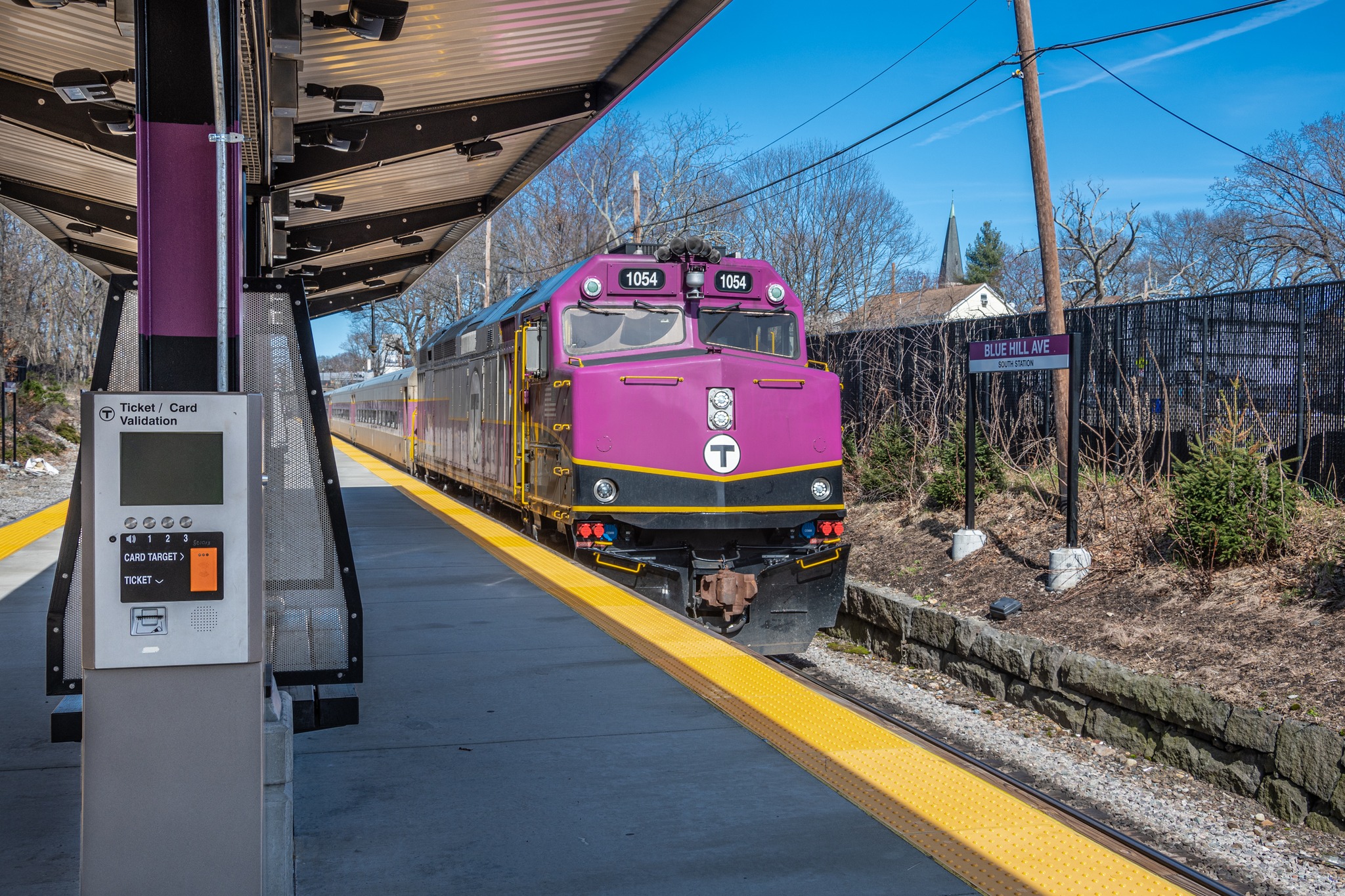
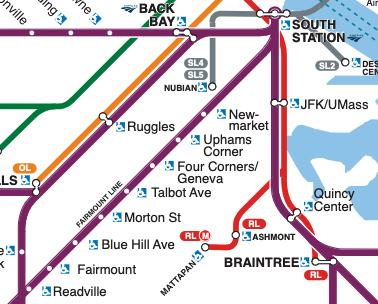
BOSTON — The Massachusetts Bay Transportation Authority could become the second transit agency in the U.S. to operate battery-electric commuter trains under a proposal put forth by its contract operator, Keolis, to increase service on the MBTA’s Fairmount line.
Bid solicitation documents posted Friday on the MBTA website seek a fleet of battery-electric multiple unit trainsets to operate on the nine-station, 9.2-mile Fairmount line, offering service every 20 minutes on weekdays and every 30 minutes on weekends. That would be a significant increase from current operations with Keolis’ standard diesel-powered commuter trains, which run every 45 minutes on weekdays and at 90-minute intervals on weekends.
Streetsblog Mass originally reported the proposal.
The MBTA document accompanying the bid solicitation calls for the equipment to be in service by the end of 2027 and says it would offer benefits including “zero own-source emissions,” operational flexibility allowing pilot usage on other MBTA lines, limited lineside infrastructure needs or requirements for track outages for construction; high reliability “which eliminates the single-point-of-failure found with catenary-only systems;’ shorter trip times, and better ride quality.
Keolis would develop specifications for the equipment and select a manufacturer. It would manage other aspects of the acquisition including construction of a maintenance facility for the new equipment, necessary related infrastructure work, and hiring and training of staff.
The “due diligence posting” indicates the MBTA is prepared to accept the Keolis proposal but is soliciting bids to determine if other companies are interested. Responses are due by April 12.
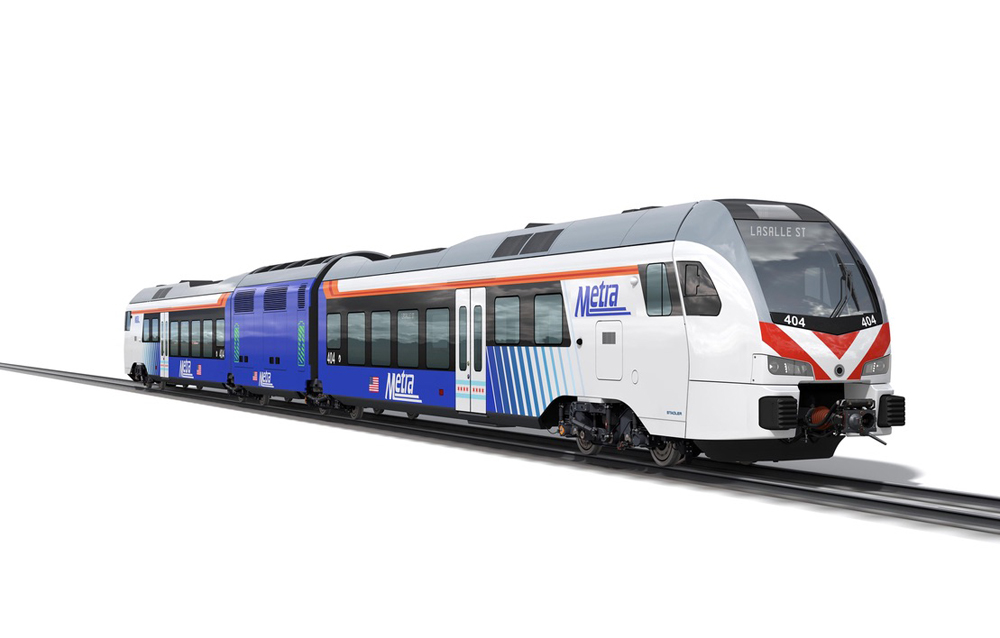
Chicago’s Metra announced in February that it had signed an agreement with Stadler U.S. for construction of at least eight battery-electric trainsets for use on a portion of its Rock Island District [see “Metra signs deal with Stadler …,” Trains News Wire, Feb. 21, 2024]. Plans are to use that equipment, at least initially, on the 16.4-mile Beverly Branch service — like the MBTA’s Fairmount Line, a relatively short route by commuter rail standards.
Metra CEO/Executive Director Jim Derwinski emphasized the pilot nature of that project in an appearance before Northwestern University’s Sandhouse Rail Group later in February [see “Metra project underway …,” News Wire, Feb. 28, 2024]. ““The idea is to get them up here. Let’s put them into minus-10 degrees … let’s figure out this battery technology and let’s get this to the point where in the future, at some point in time people say, well, that’s the way we’ve always done it.”






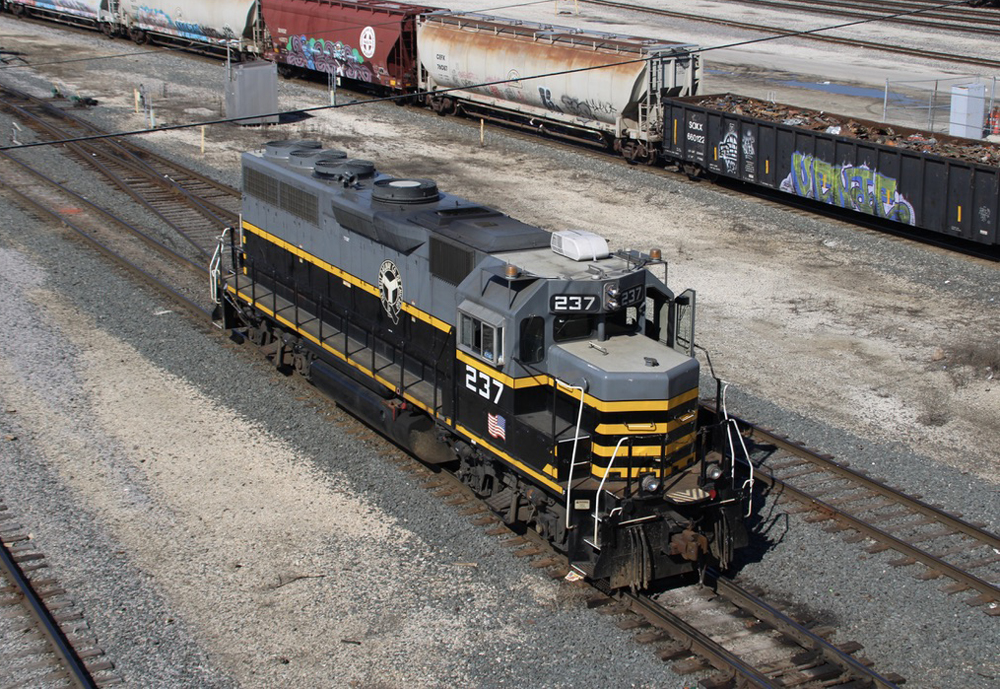
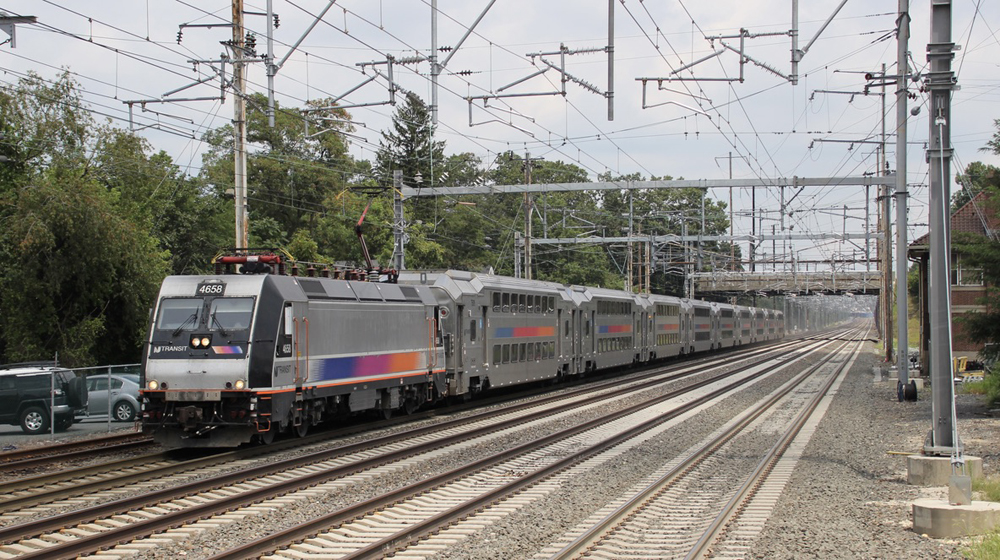
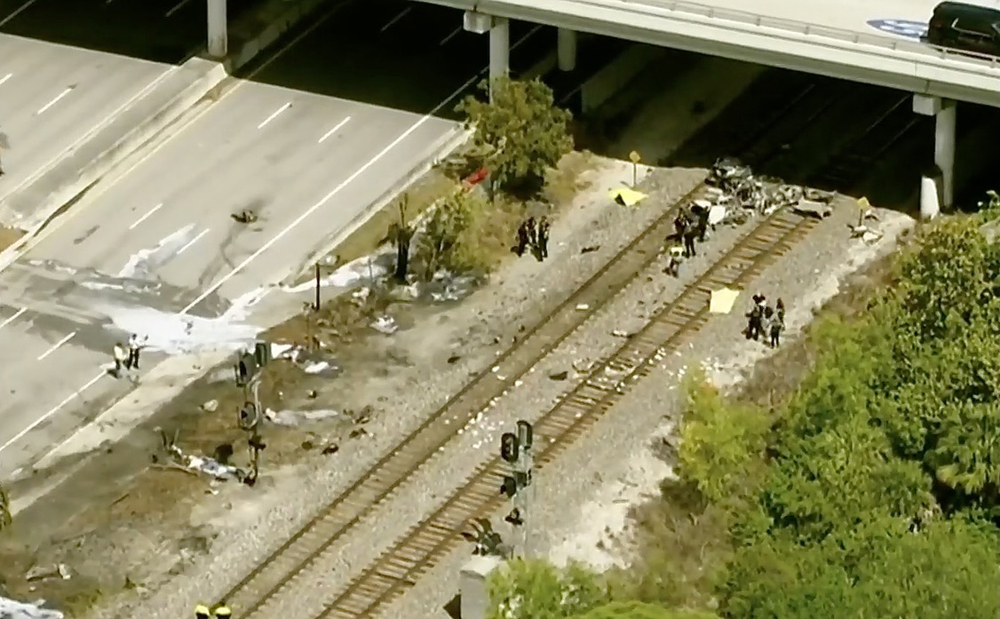
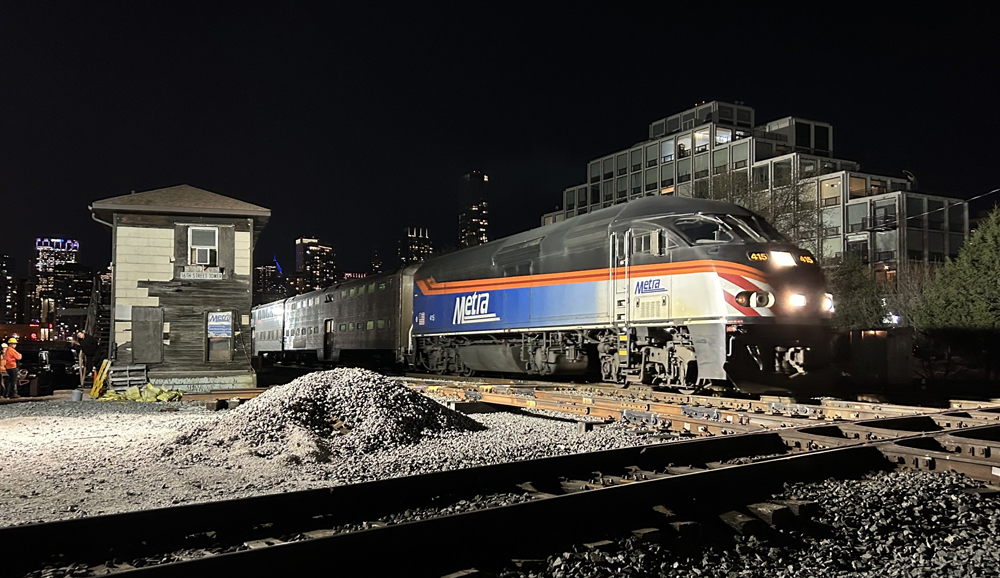




The Fairmont line and the route Metra operates in Chicago have a similar operational profile with frequent stops. MU cars, especially electric powered have an advantage in quickly braking and accelerating and a route with frequent closely spaced stops will magnify the advantages of MU equipment vs. Diesel locomotive hauled trains. From a strictly operational perspective, these are the obvious routes the try this technology.
But since you brought it up: no we don’t all breathe the same air. Some areas are more polluted. Naturally, the places that have previously had less political power tended to get the short end of the stick in regards to proximity to pollution sources. This is the rationale that might include “equity” as a factor when awarding grant funds. I have no idea if or how this applies in Dorchester along the Fairmont line but back when I lived in the Boston area I remember the first amazing fresh breath when I’d step out of the car after a drive out to Western Mass.
Many good points, Christophe. We don’t all breathe the same air. But it’s not only Dorchester’s African-Americans that live in dense neighborhoods with lots of belching cars and trucks. Chinese in northern Quincy, Irish in Brighton-Alston, whoever lives in Cambridge these days (I assume very mixed), whoever lives in Jamaica Plain (I’ve never been there). There’s this all-encompassing policy that black Americans somehow are more affected by pollution than anyone else. At best, that’s an oversimplification.
Overall, Dorchester is more polluted than leafy, semi-rural Hingham or Concord or Sharon or Manchester-By -the Sea. That being said, the incremental effluent of an MBTA diesel is the same everywhere.
Ironically, Christophe, the last words of your post, make the point of my posts.
Let’s back up folks! The “T” runs diesels, not electrics, on the Providence trains, where there’s been NEC Amtrak catenary for decades. So if electric is so great and wonderful, start with that, ey?
Now as to the story itself, how did I guess from the headline it would be the Fairmount line? Seems to be a combination of greener trains (for a densely populated neighborhood) and faster acceleration (adding capacity to a single-track line). Fine and good. The Old Colony is single track through Quincy and probably everywhere else.
Back to Fairmount. There’s always the race card to play if it comes to that. Hey we all drink the same air, don’t we?
Fairmount is anything but the only urban, or even the most urban, of MBTA suburban runs. I’ve already mentioned the Providence line through Jamaica Plain and Hyde Park. All Boston and Maine routes, and the single Boston and Albany route, pass through urban areas. Quincy on the Old Colony division is just as urban as the Fairmount Route. I could – and should – make it simpler. Every single MBTA diesel route runs through urban neighborhoods in Boston and/or the close-in suburbs. So why Fairmount getting the battery-electrics? Do I smell a whiff of politics?